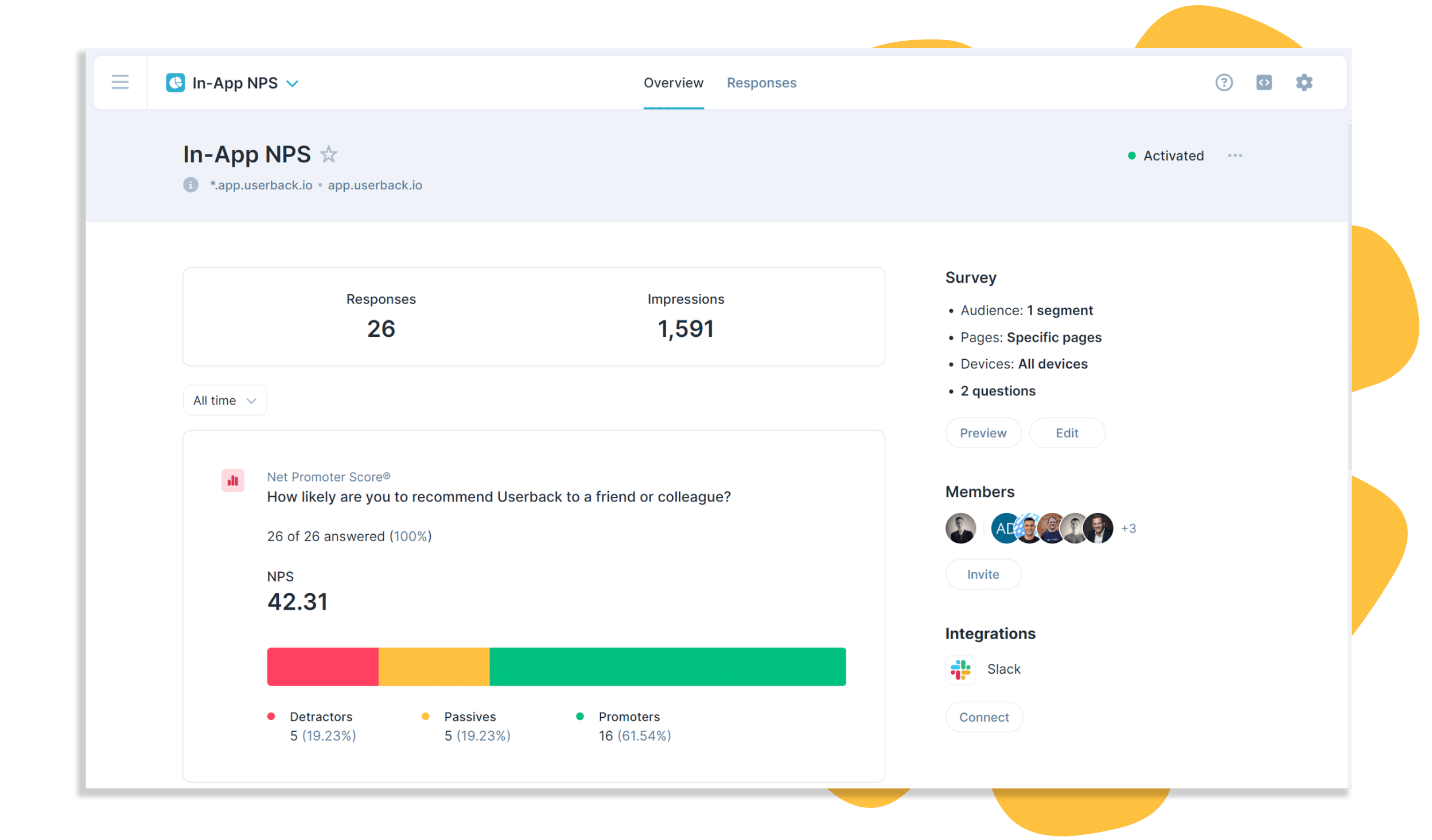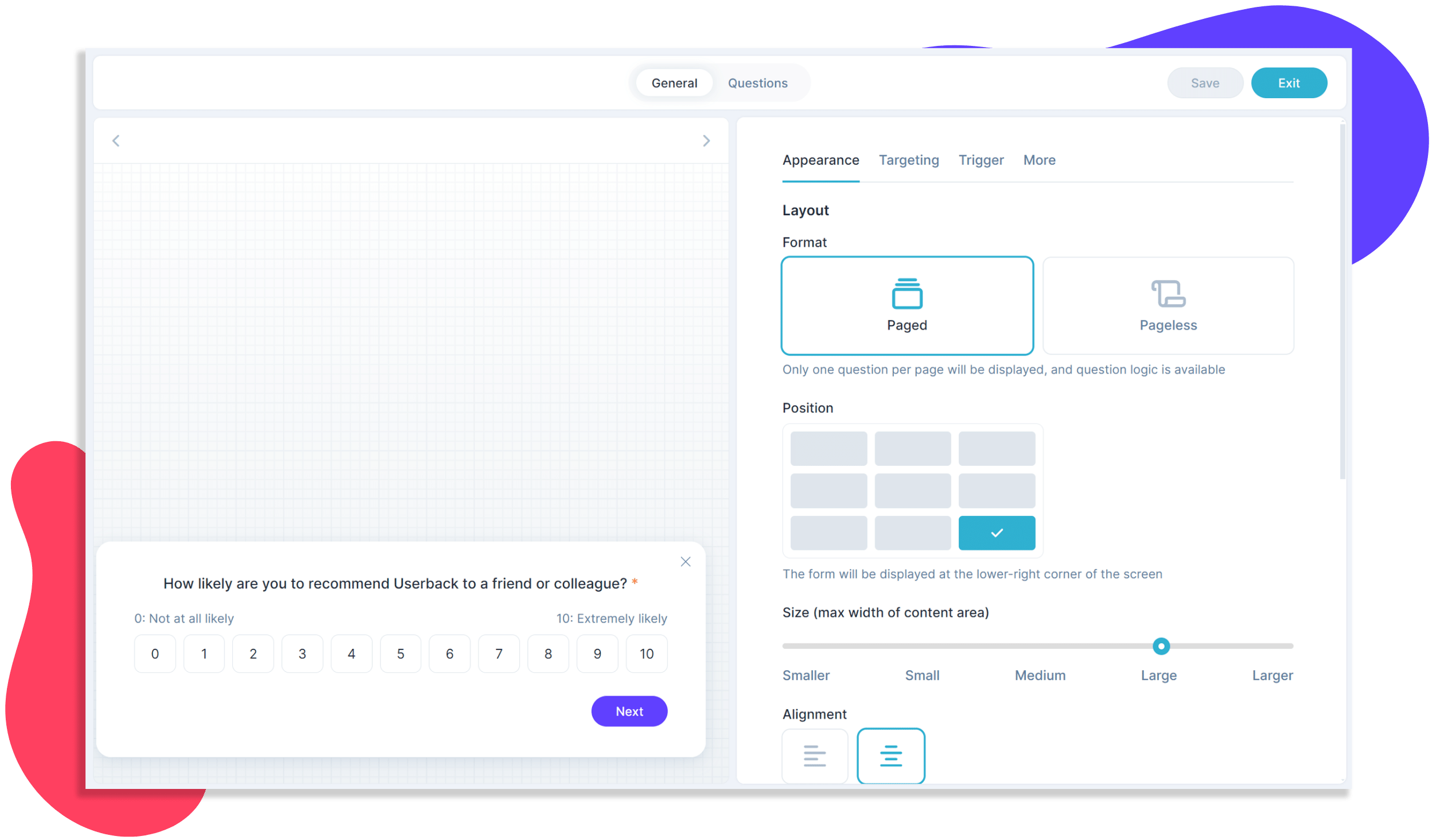Interpreting Net Promoter Score Results
Understanding the Impact of Categories
Each category of customer – Detractor, Passive, and Promoter – can have a differing impact on your business. Detractors are at risk of churning and can spread negative reviews, while Promoters are likely to remain loyal and recommend your business. Passives, as the name suggests, are in-between and can easily swing to either extreme based on their next interaction with your company. By understanding the composition of your NPS, you can tailor strategies to improve retention and drive advocacy.
NPS as a Reflection of Business Health
NPS is a dynamic metric, fluctuating with the quality of the customer experience. A high NPS indicates a healthy business with strong customer loyalty, while a low NPS signals that there’s work to be done. Regularly tracking NPS allows you to monitor trends over time and validate the efficacy of customer-centric initiatives.
Implementing Net Promoter Score Surveys
Crafting Effective NPS Surveys
The success of your NPS program hinges on the effectiveness of your surveys. Make your surveys clear, concise, and easy to access. Pose the NPS question early in the survey and supplement it with open-ended follow-up questions to unearth the reasoning behind the score.
Choosing the Right Moment for Surveys
Timing is everything in NPS surveys. The ideal moments to ask for feedback are shortly after a purchase, after a customer service interaction, or after the customer has had ample time to use your product. This ensures that the feedback is fresh and contextually relevant.
Actionable Insights from Net Promoter Score
Utilizing Customer Feedback
Customer responses to your NPS survey are valuable raw data. Each piece of feedback provides an opportunity to improve a specific aspect of your product or service. Employing sentiment analysis tools can help identify common themes and concerns that need attention.
Driving Improvements with NPS Data
Organize your NPS data into actionable items, and prioritize those that can have the most significant impact. By addressing the root causes behind low scores, you can begin to transform Detractors into Promoters and fine-tune your operations to create more satisfied customers.
Advanced Net Promoter Score Strategies
Benchmarking Your NPS
Benchmarking involves comparing your NPS to industry standards or direct competitors. This allows you to assess your performance relative to others in the market and can be a source of inspiration for new tactics or validations for your existing strategies.
Analyzing NPS Trends
Gauging NPS over time provides deeper insights into customer loyalty and the effects of your business initiatives. Break down the analysis across various customer touchpoints to understand where you excel and where you fall short, in relation to customer expectations.
Predictive Modeling with NPS
A step beyond trend analysis is predictive modeling, which uses your NPS data to forecast future customer behavior. By correlating NPS with customer retention and growth, you can develop predictive models that inform strategic planning and drive informed business decisions.
Conclusion
Net Promoter Score is more than just a number – it’s a vehicle for customer-centric growth. For product managers and SaaS teams, NPS can be the guiding star to align development efforts with customer needs. By mastering the art of NPS, you can build a loyal customer base, foster organic growth, and set high standards in your industry. It’s time to take control of your customers’ narrative and chart a course for success.



